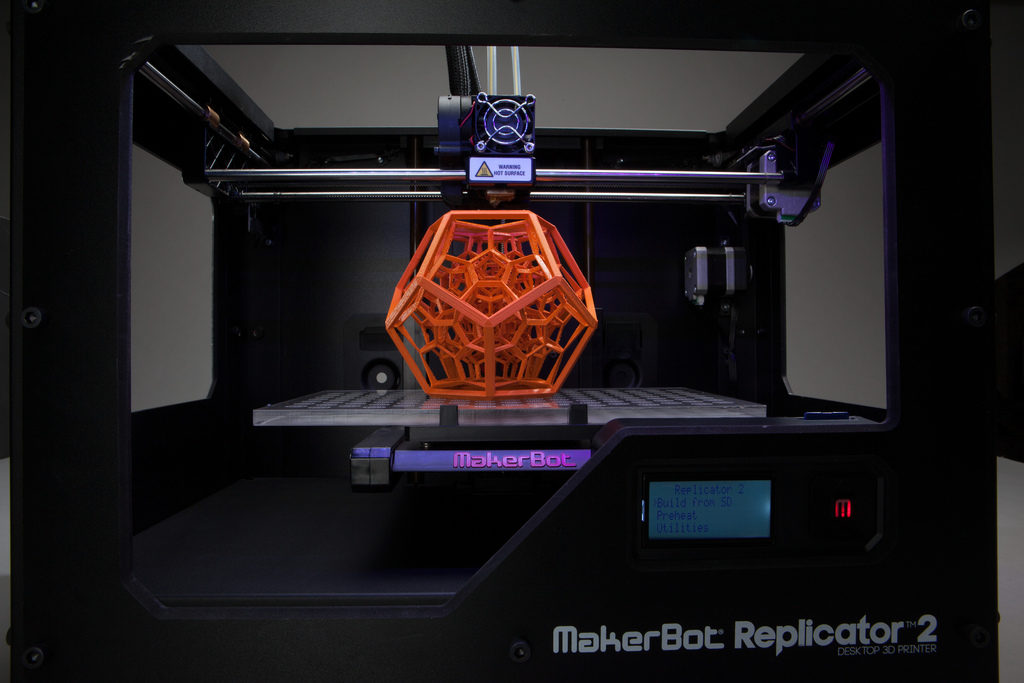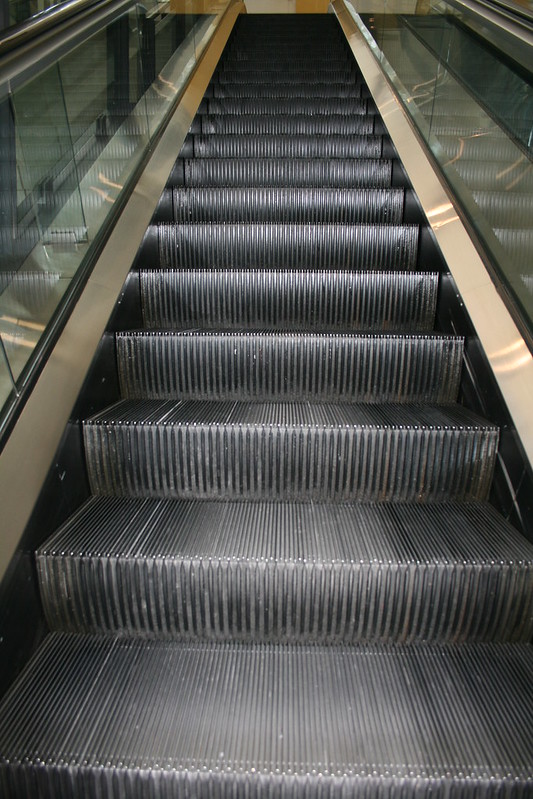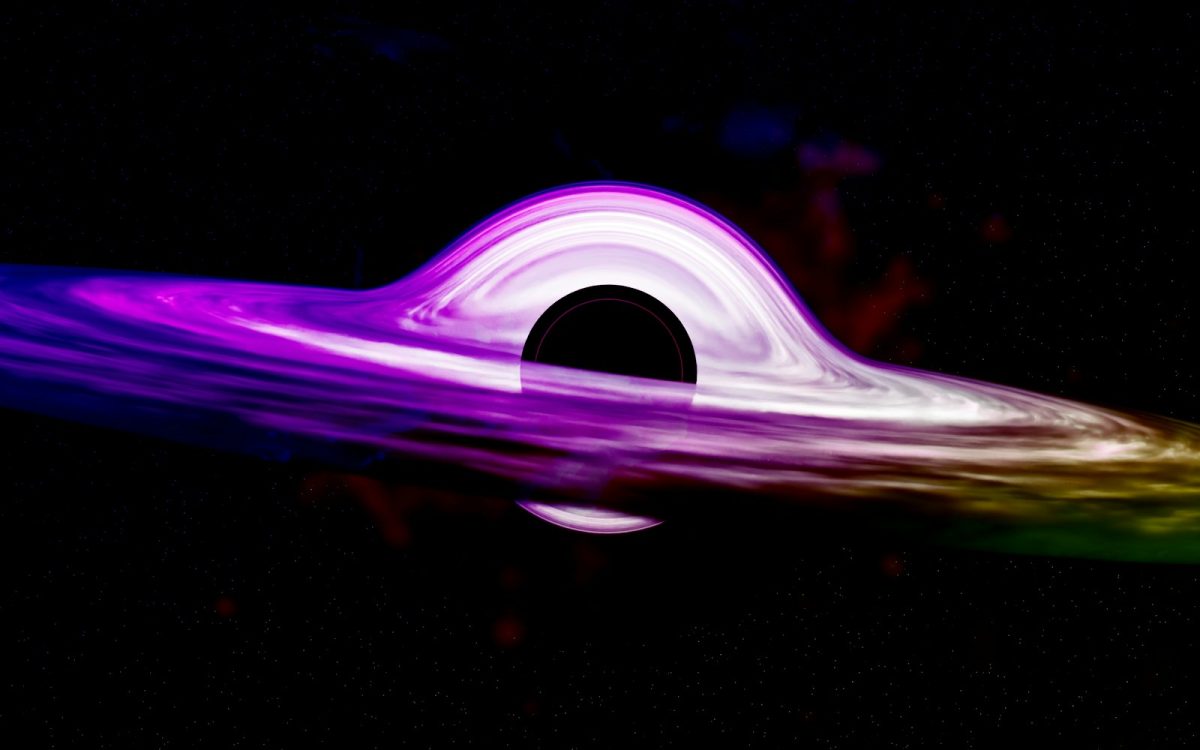
Counterfeiting has evolved to a point where it is extremely difficult to tell fake from authentic goods. However, physicists at Lancaster University have developed a way to stamp products with “atomic fingerprints” to prevent counterfeiting from getting out of hand. The unique pattern is created by intentionally fabricating flaws into an atom-thin layer of material, such as graphene oxide. According to researchers, removing a carbon atom, adding extra oxygen atoms, or creating a ridge of atoms are examples of flaws. Once the flaw is set, the material is incorporated into an ink and using an inkjet printer, printed onto a hologram which can be added as a label to any product. To confirm the authenticity of the atomic pattern, a simple smart phone camera and its built-in flash is used to photograph the label. Light excites the atoms, which produce a unique color based on the pattern. The pattern is then analyzed by an app which can instantly analyze the image and confirm whether the label is authentic or not.
https://www.livescience.com/59853-atomic-fingerprinting-could-end-counterfeits.html
This development encompasses both fundamental physics and basic engineering to solve challenges.


















